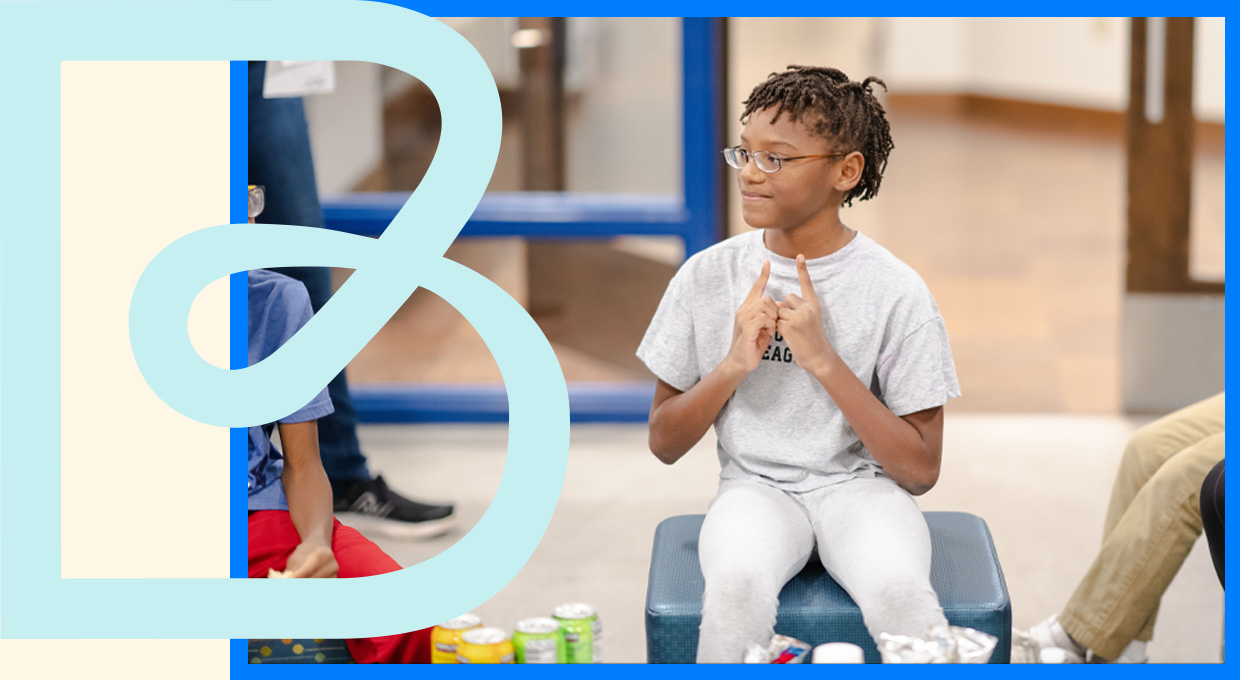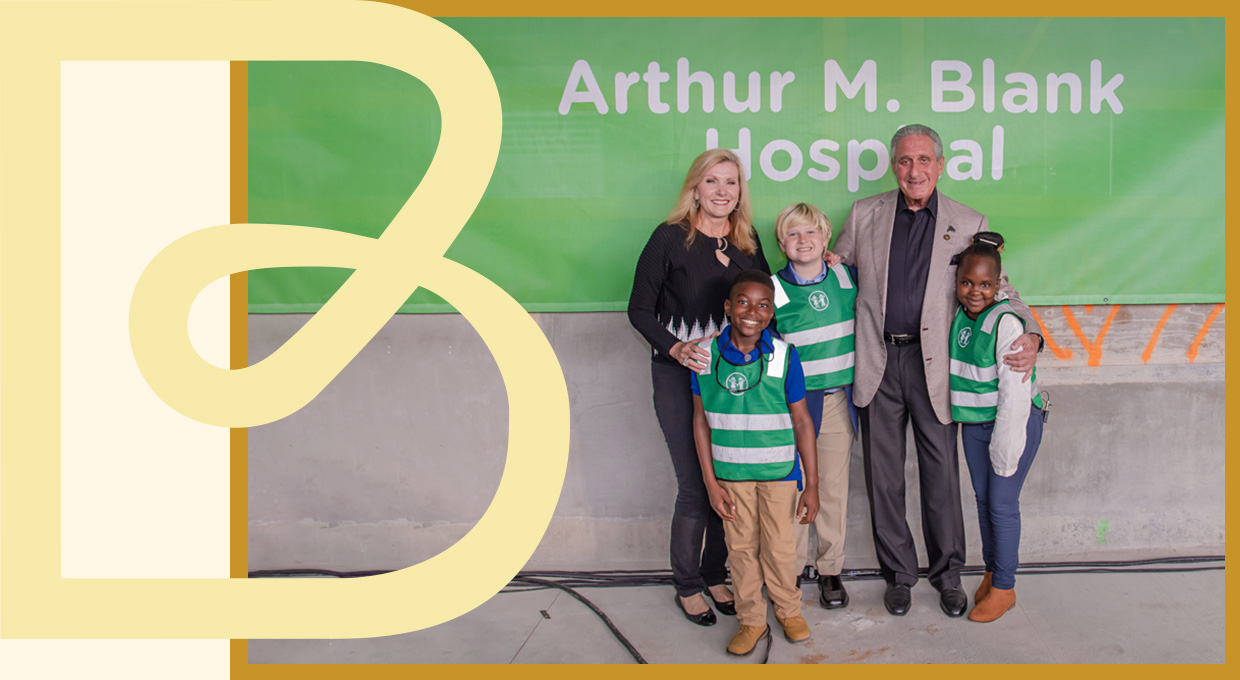The National Center for Civil and Human Rights Celebrates 10th Anniversary with Major Expansion

For the past decade, the National Center for Civil and Human Rights (the Center) has stood as a beacon of truth, reflection and inspiration in Atlanta—a city that has long been at the heart of the Civil Rights Movement. As the Center passed its 10th anniversary, it looks forward to a bold expansion to further cement its role as a national cultural institution.
“Over our first ten years, the Center has become a beloved institution in our city, a powerful symbol of Atlanta’s pivotal role as the birthplace and brain trust of the Civil Rights Movement,” says Jill Savitt, CEO of the Center. “As we move into our next chapter, we are undertaking an exciting expansion that fulfills the original vision of our founders by making us a hub of learning, arts, and conversation.”
With the construction of two new wings, the Center is poised to expand its reach, deepen its impact, and ensure that the lessons of history shape tomorrow’s leaders.
The new east wing will house classrooms and meeting space. The expansion adds roughly 20,000 square feet to the 42,000 square-foot building.
New Galleries: Broken Promises & The Reconstruction Era
One of the new galleries is called Broken Promises, and will explore the Reconstruction Era of US history and present artifacts from the Without Sanctuary collection—a powerful and sobering archive that bear witness to a campaign of racial violence – of lynchings and massacres — after the Civil War.
“The artifacts in our new Broken Promises gallery are difficult yet powerful,” says Savitt. “They serve as evidence from a chapter of our nation’s past, offering a way to experience American history beyond words or photographs. The collection physically manifests what happens when hate goes unchecked and unpunished.”
She continues, “The Reconstruction Era is a chapter of American history that is often misunderstood. It was a time when the country had an unprecedented opportunity to create true equality to lean into to the ideals of democracy. But those promises were broken. Our new space will allow us to present this history and its relevance to our lives today.”
The Reconstruction Era (1865–1877) was a transformative but disheartening period in American history. Following the abolition of slavery, the nation redefined citizenship, democracy and civil rights with three new Constitutional amendments —the 13th, 14th and 15th—granting formerly enslaved people freedom, equal protection under the law and the right to vote. For roughly a dozen years, Black Americans made significant strides politically, socially and economically, with Black legislators elected to office, new schools and businesses established, and a vision of multiracial democracy taking shape.
However, this progress was met with fierce resistance. When federal troops withdrew from the South in 1877, Reconstruction effectively ended. White supremacist groups used violence and intimidation to suppress Black political participation and instituted Black Codes and Jim Crow laws to undermined Reconstruction’s reforms. Nearly a century of legalized racial segregation and disenfranchisement followed until the start of the Civil Rights Movement of the 1950s and 60. These issues are still very much playing out today.
“Broken Promises will challenge visitors to reckon with this pivotal moment in American history,” Savitt explains.
This addition to the Center is particularly significant because it ties past injustices to present struggles. Issues such as voting rights, racial violence and economic inequality can all be traced back to the unfinished work of Reconstruction. By illuminating this period, Broken Promises serves as an educational tool and a call to action, urging visitors to reflect on their role in shaping a more just and equitable future.
Agents of Change: A Space For Young Visitors
Another gallery will be a dedicated space for young visitors. Agents of Change, an interactive gallery designed for children ages 7 to 11, will invite kids into a secret hideout where they can explore the power of change making, learn about historical upstanders and discover their own potential to make a difference.
“This is a space where children can tap their own power to make change,” explains Savitt. “We want them to walk away feeling like they have a role to play in shaping a more just world.” Designed to be immersive and engaging, Agents of Change will provide an age-appropriate introduction to civic life, helping children understand that making change isn’t just something from the past—it’s something they can participate in today. The gallery will use interactive storytelling, hands-on activities and digital media to highlight the ways young people can influence the world around them.
By stepping into the Agents of Change space, young visitors will feel like they are entering a secret headquarters—one where they can discover tools and strategies used by historical figures who fought for justice. Through engaging exhibits, they will learn about young activists who marched for civil rights in 1963, and Malala Yousafzai, who advocated for girls’ education in Pakistan. They will also be encouraged to reflect on what issues matter most to them and how they can take action in their communities.
“This gallery is about helping kids see that they are never too young to make a difference,” says Savitt. “It’s about showing them that change doesn’t happen in one big moment—it happens through everyday choices, by speaking up and standing up for what is fair and right.”
Interactive elements will allow children to play video games that ask them to make ethical choices, learn the concept of pluralism as an American value, make art projects that express their hopes, and take on challenges. The space will emphasize themes of courage, empathy and taking action, reinforcing the idea that fairness and justice are not the work of a single individual but of many working together.
Making History Accessible, Relevant and Personal
A new temporary gallery will also allow the Center to host rotating exhibitions, ensuring there is always something fresh for visitors to experience. These expansions reflect the Center’s ongoing commitment to making history accessible, relevant and personal.
Education has always been central to the Center’s mission, and its expansion includes new initiatives to make civil and human rights education more accessible. Last fall, the Center launched its Learning Portal—an online platform that provides free curricular materials and resources for teachers, students and parents.
“Since we opened, teachers have asked us for specific lesson plans, artifact replicas and other tools to make history come alive for their students,” says Savitt. “Our Learning Portal can be used before or after a visit—or by people who cannot visit at all.”
The platform, which debuted with resources covering every period of U.S. history, will continue expanding in the coming years to provide even more educational content.
“History doesn’t necessarily repeat itself—but it rhymes,” reflects Savitt. “Our exhibitions reveal how people confronted injustice in our nation’s history—the strategies, courage and resilience they showed in the fight for human rights and dignity. These lessons are not just inspirational; they are a call to action.”
Whether telling the stories of the Reconstruction Era, the Civil Rights Movement, or contemporary human rights struggles, the Center’s goal is clear: to share the stories of how individuals – ordinary and extraordinary people – united to fight for justice.
“Our mission is to inspire our visitors to learn from the past, to create a future that is more just – and to inspire the changemaker in each of us,” Savitt said. “We hope our visitors walk away from the Center understanding that we all have a role to play in helping America become a more perfect union.”
The National Center for Civil and Human Rights is temporarily closed for expansion construction and is expected to reopen in fall 2025.
Stay Connected
Stay up to date with stories of impact, grants in your neighborhood and other interesting foundation news.
By submitting this form, you are consenting to receive marketing emails from: Arthur M. Blank Family Foundation. You can revoke your consent to receive emails at any time by using the SafeUnsubscribe® link, found at the bottom of every email. Emails are serviced by Constant Contact















